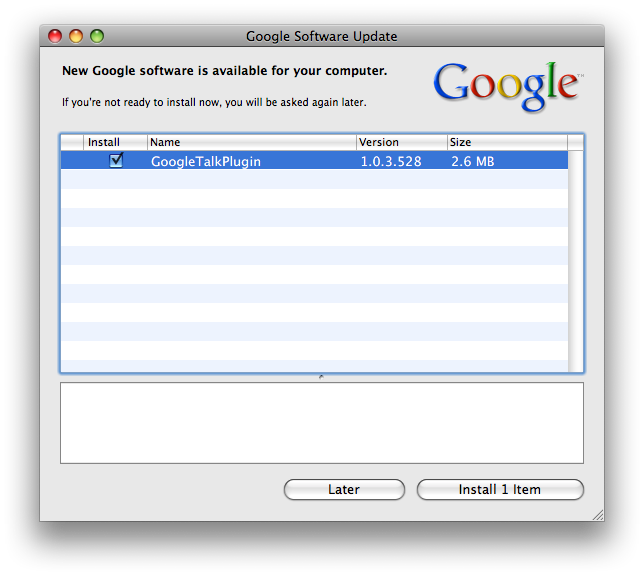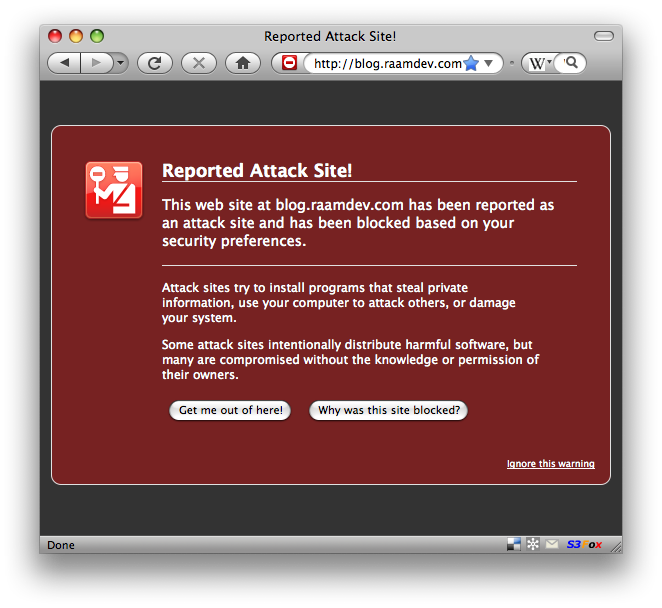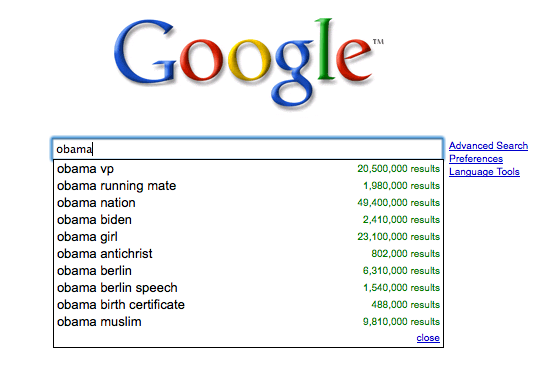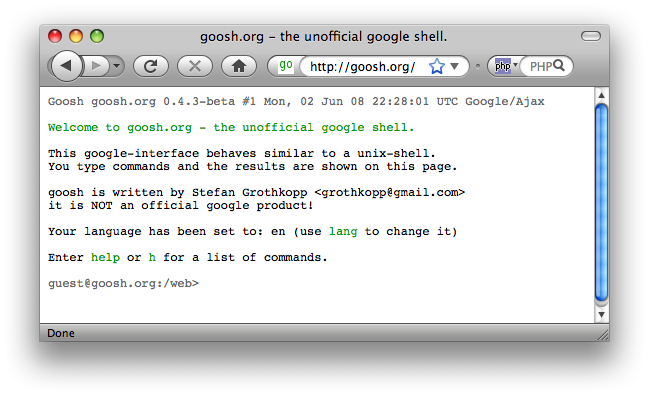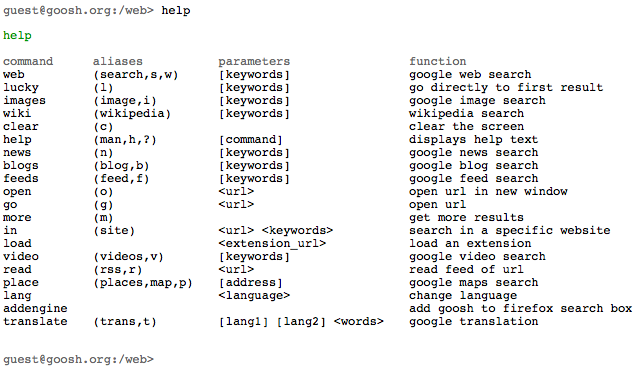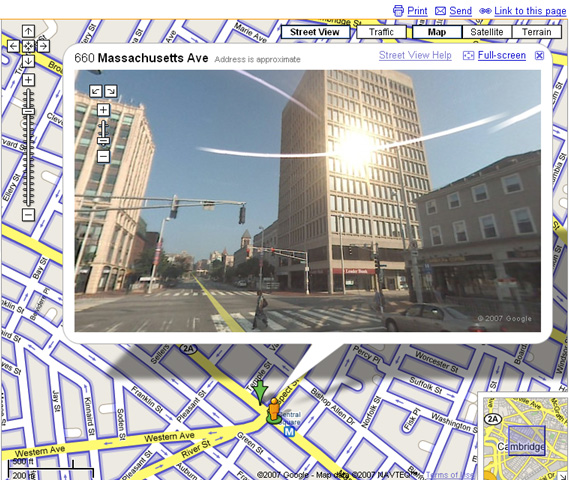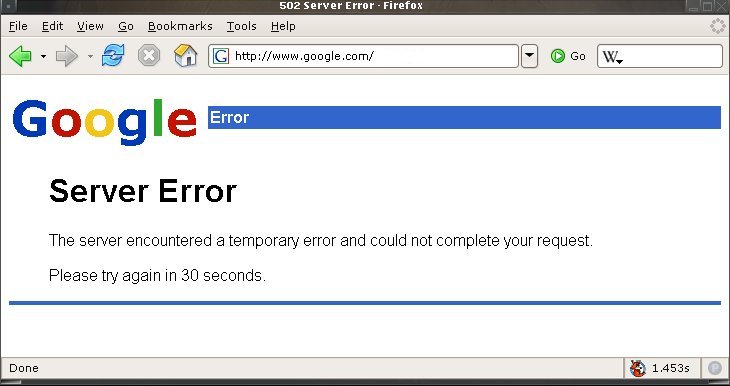Like many of you, I have several email accounts and while using GMail as my primary email client would be nice, one of the things that has kept me from doing so is the annoying "On Behalf Of" that the GMail SMTP servers add to outgoing email. Some of the accounts are work related and the "On Behalf Of" comes across to me as unprofessional.

That "On Behalf Of" part is caused by the Sender: header that GMail's SMTP servers add:
Sender: [email protected] Date: Sun, 13 Dec 2009 10:33:18 -0500 Subject: Re: Project Details From: [email protected] To: [email protected]
Having your personal GMail address show up looks totally unprofessional and prevents you from being able to keep your personal email, uh, well, personal. Unfortunately, Google has already said it's part of their SMTP server specs, so they won't change it.
For a long time, your only option was to use a desktop email client like Outlook or Thunderbird to send email using your own domain's SMTP server. However, this meant accessing your GMail account using IMAP/POP and basically defeated the purpose of the web client (unless you didn't mind switching between the web and desktop client).
When Google offered GMail for Domains (now called Google Apps for Domains), I eagerly set up a free account using one of my domains and tested to see if email sent still included the Sender header. Sadly it did and I abandoned the idea of using GMail as my primary email client.
A few days ago I accidentally discovered that now both the standard GMail and Google Apps for Domains have the ability to specify your own SMTP server when you add an external email address to your GMail account. (Here's the announcement from a few months ago on Google's Blog.) This means you can receive email from [email protected] and also reply to emails from within GMail as [email protected] and the receiver won't know that you're using GMail!
Here's how to get this set up:
Login to GMail and click Settings at the top right. Then click the Accounts and Import tab:

Now make sure the "Reply from the same address the message was sent to" is selected and click "Send mail from another address" to add your external email account.

Fill in the name you want to show up when you send email from this account. This will probably be your name, but it might also be something like "Company Support" or "Sales". Now enter your full external email address in the second box and then click Next Step.
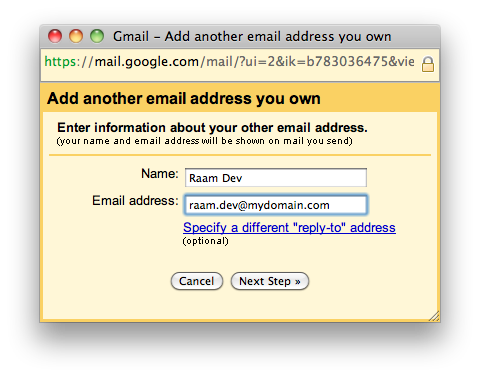
On the next screen, select the second option box, "Send through
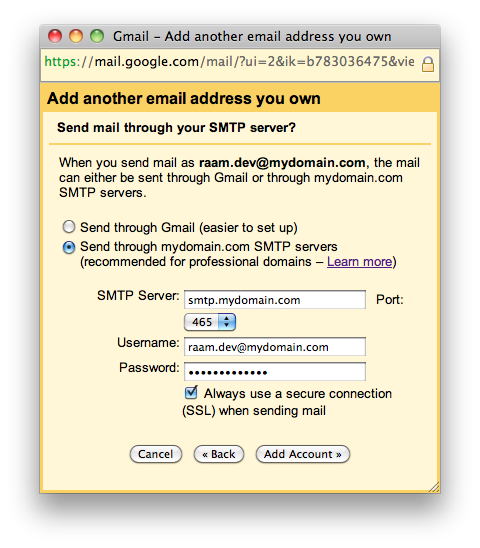
Now you should see the new account listed on the Accounts and Import tab, along with a note at the bottom showing that email will be sent using the SMTP server you specified:

Now, you can send and receive email using this external account and the receiver won't see that annoying "On Behalf Of" message! Your GMail address won't even be visible in the email headers if they choose to view the email source (they'll see that the email was routed through a Google server, but Google is well known enough that they probably won't care).


